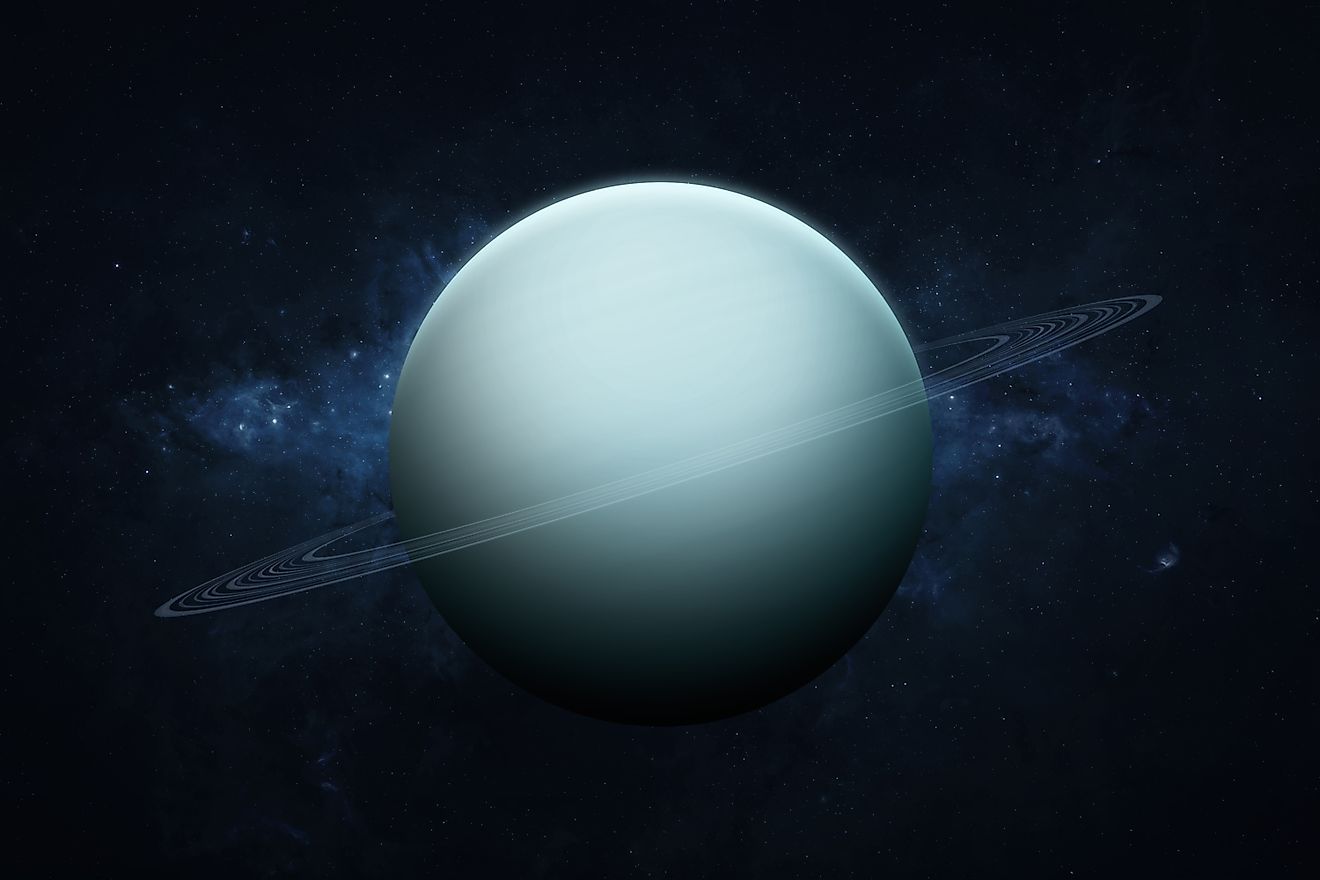The Lifecycle Of A Star

- Stars are born in hydrogen gas clouds called nebulae
- How long a star lives and how it dies is dependent upon its mass
- High mass stars become neutron stars and supernovae, while low mass stars become white dwarfs and planetary nebulae
Nothing in this universe lasts forever. Even the stars themselves cease to exist. When we look at the night sky, the stars seem eternal and unchanging. Relative to human timescales, the stars seem to exist forever, yet the universe is constantly undergoing changes. If you were to live for many billions of years, you would see the night sky change as new stars are born and others die. The life and death of stars is a constant cycle that occurs across the universe. The death of one star will lead to the formation of another. The material that was once part of a star will be recycled and used in the formation of another generation of stars and planets. How are stars born and how do they die?
The Birth Of A Star
Every star begins its life as a vast cloud of hydrogen gas located within a stellar nursery called a nebula. All that is needed for this hydrogen to form a star is an external process that heats up the hydrogen, causing it to clump together. As more matter clumps together, its mass increases, as does its gravitational pull. The process of accretion becomes exponential, as more mass means more gravity, which in turn increases the mass further. Once enough hydrogen has clumped together, temperatures and pressures reach a critical point and the process of nuclear fusion ignites. In the core of every star, individual hydrogen nuclei are fused together to form helium, a process which releases a tremendous amount of energy. Once nuclear fusion is sustained within a forming star, it becomes what’s called a main sequence star. Every main sequence star exists in a state of equilibrium. The immense gravity of the star is trying to crush it, meanwhile the outward flow of energy from nuclear fusion counteracts gravity. The two opposing forces maintain the star for countless generations.
The Main Sequence

Although every star is born in a similar way, the type of star that forms is dependent upon how much mass it contains. The mass of a star will determine other characteristics of the star as well, such as its gravity and luminosity. The main sequence is a way for astronomers to determine stellar types. The main sequence is a graph that tracks a star’s luminosity and mass, and stellar type is determined by where on the main sequence a star falls. For example, high mass stars are located at the top of the main sequence, while low mass stars are located on the bottom. The sun is a middle to low mass star, and so it falls near the middle of the main sequence. As a star evolves, it will move to different positions along the main sequence. Eventually, every star will move away from the main sequence entirely and enter into the final stages of their life.
Stellar Death

How a star ends its life and how long it will exist for is dependent upon where it falls on the main sequence. High mass stars live relatively short lives and will eventually become supernovae. Lower mass stars will shine for many billions of years before evolving into a red giant and eventually, a white dwarf. It may seem counterintuitive that high mass stars live shorter lives than low mass stars. After all, high mass stars contain a much higher amount of fuel, and so you would think they would exist for longer. Interestingly, the higher temperatures of high mass stars means that they burn through their fuel much faster than low mass stars. Despite having the most fuel, the most massive stars will likely only exist for a few million years before going supernova. Meanwhile, the lowest mass stars, called red dwarfs, are believed to have lifespans of hundreds of billions to trillions of years. In fact, red dwarfs can live for so long that not a single red dwarf of advanced age has been observed in the universe.
When a high mass star begins to run out of usable hydrogen in its core, the state of equilibrium begins to break down. The outward flow of energy is no longer sufficient enough to counteract the star’s gravity, and the star begins to contract. As the star collapses, pressures within the core begin to skyrocket. The process of nuclear fusion continues, only now it is able to form even heavier elements such as carbon, oxygen, and nitrogen. The process of nuclear fusion will continue down the periodic table until it reaches iron. Although some of the most massive stars can fuse iron in their cores, the process requires more energy than it releases. Once iron is made in a star’s core, it enters its final moments. The entire star collapses in on itself. In the core, pressures become so high that the distance between individual atoms is squeezed. Protons and electrons will fuse together to form neutrons, and eventually the core is composed of virtually nothing but neutrons. The core becomes a neutron star. The outer layers of the star continue their collapse and rebound off the neutron star, resulting in a massive explosion called a supernova. For the most massive stars in the universe, they will continue their collapse beyond the formation of a neutron star, resulting in the formation of a black hole.
High mass stars go out with a bang, yet low mass stars go out with more of a whimper. Low to medium mass stars do not contain enough mass to form a neutron star and a supernova. Rather, when a low mass star runs out of usable hydrogen, the star will expand and become a red giant. The radius of the star will increase, but its mass remains the same. Because of this, the star’s gravity is not strong enough to hold onto the star’s outer layers. The outer layers of the star are gradually blown away, forming a shell of stellar material around the dying star called a planetary nebula. The core of the star does collapse under immense pressure, but it does not become a neutron star. Rather, the core of a low mass star becomes a white dwarf. Given the mass of our sun, it will likely die in this way, forming a planetary nebula and a white dwarf in about five billion years.
Death And Rebirth

The death of a star is not the end of its story. Amazingly, the material that is created through nuclear fusion will one day be used in the formation of a new generation of stars and planets. In fact, based on the chemical composition of the sun, astronomers believe it is a third generation star. That means that the material that makes up the sun and the planets was once part of two entirely different solar systems that existed long before ours. The death of a star will usually result in the formation of another, hence why it is defined as a cycle. However, one day this cycle will end. Although the universe contains a vast amount of hydrogen, it is not an infinite amount. Eventually, stars will fuse most of the usbale hydrogen in the universe into heavier elements, and the process of star formation will slowly come to an end. Many trillions of years from now, star formation will cease entirely. Many trillions of years after that, the last stars will slowly burn out and the universe will become dark, as it was before the first stars came into being.











